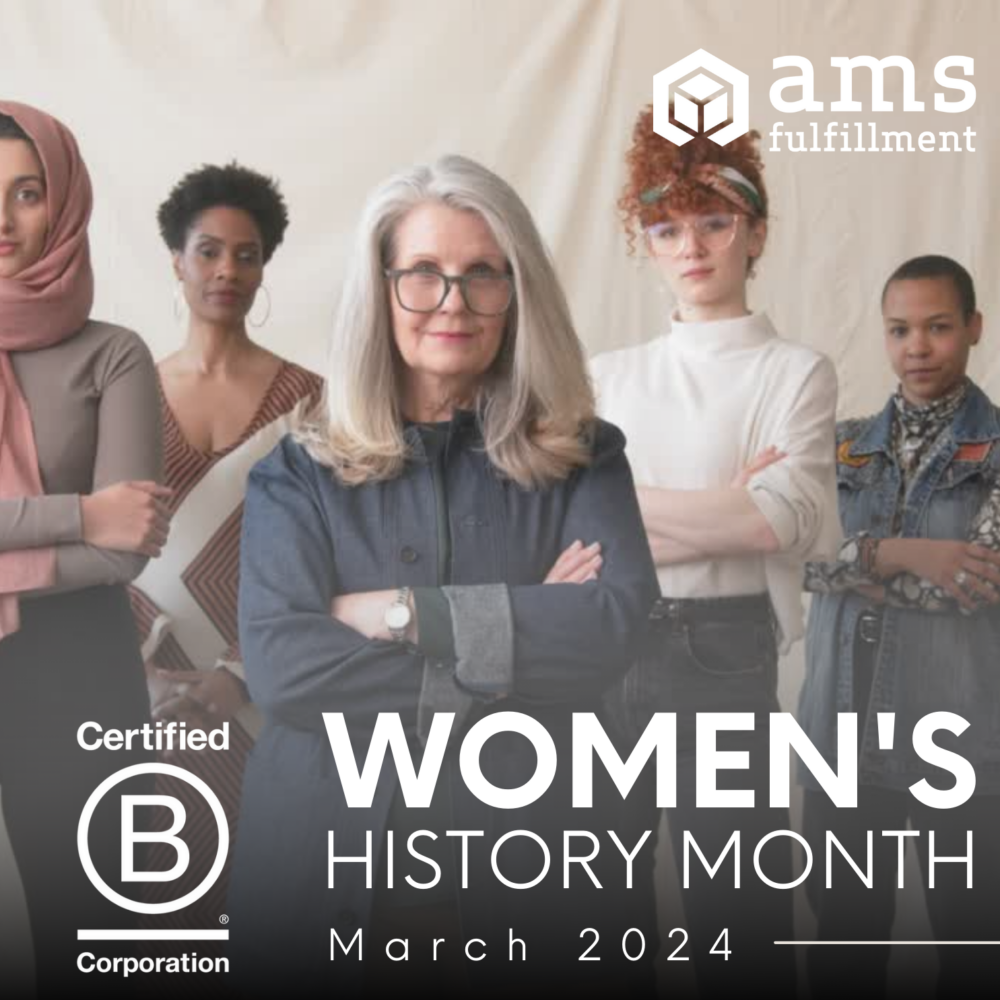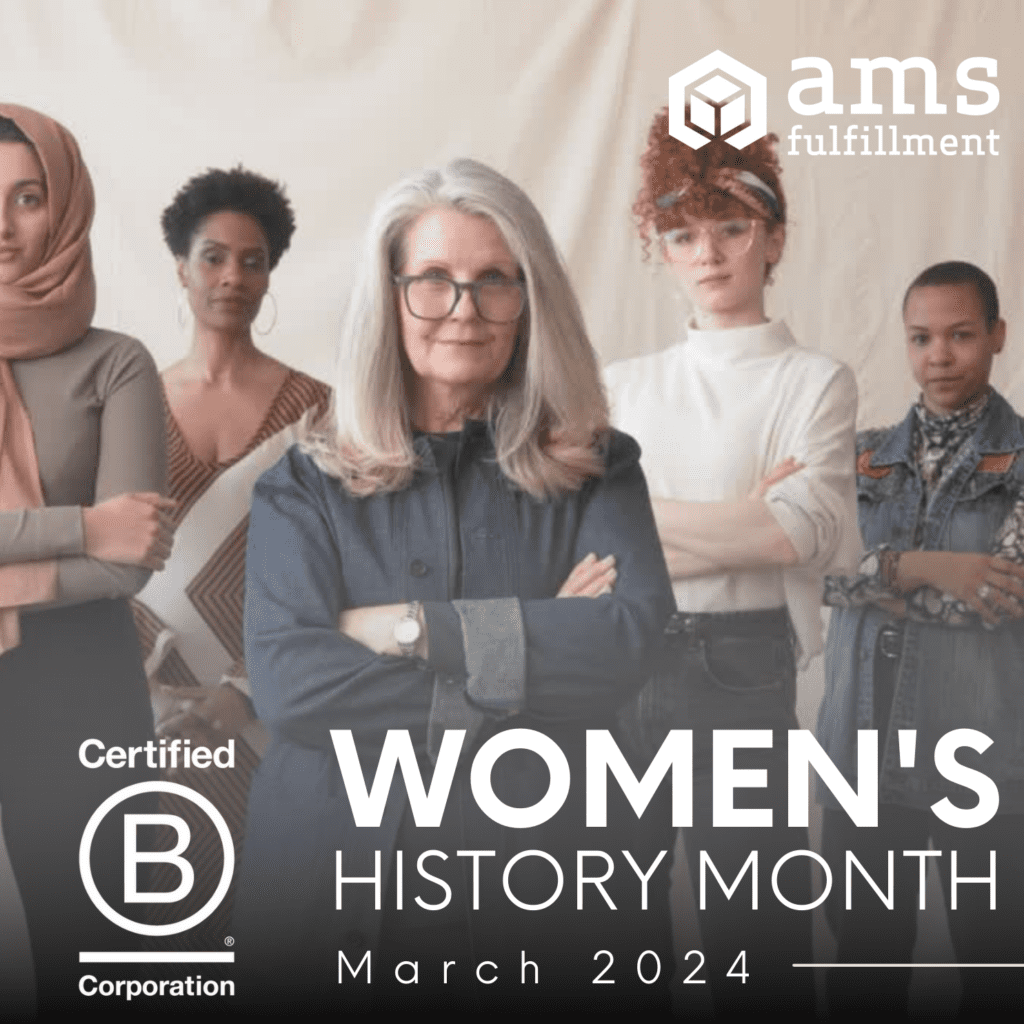
We know that for the past hundreds of years, in many different cultures including the Western world, women have experienced the oppression of a patriarchy. Women were considered the weaker sex, and our lives were lived as men saw fit. The question of why comes to mind… and we’re not sure how to answer that. Perhaps in a world where survival depended on physical strength it could be understandable. Women also were accused of succumbing to that snake in the garden, which paints us as morally weak and detrimental to a virtuous man. And… we experienced being killed as witches. We won’t cover the ‘witches’ story here, but it is worth a mention – it happened. It’s needless to say… we are grateful for the evolution of consciousness.
Readers are well aware that in the US women had to fight for the right to vote and to own property. We will cover the Suffrage Movement in this first blog in our women’s history series. We will also cover the Women’s Movement of the sixties and seventies, where we saw women begin to be accepted as professionals – doctors, lawyers, accountants, business owners and so forth. In the final blog we will feature some amazing women that readers may not know about, including a mathematician named Creola Katherine Johnson. Without her, the astronauts would not have stepped foot on the moon.
Meet the Suffragettes
Suffrage is defined as, “The right to vote in political elections.” From the History website [LINK] we read this overview: “The women’s suffrage movement was a decades-long fight to win the right to vote for women in the United States. It took activists and reformers nearly 100 years to win that right, and the campaign was not easy: Disagreements over strategy threatened to cripple the movement more than once. But on August 18, 1920, the 19th Amendment to the Constitution was finally ratified, enfranchising all American women and declaring for the first time that they, like men, deserve all the rights and responsibilities of citizenship.”
When the Government of the United States was first created, only white men who were landowners could vote. In 1820 the vote was gradually extended by the various states to white men who were not landowners or wealthy. The battle that women undertook to obtain voting rights began at this time, before the civil war.
“In 1848, a group of abolitionist activists—mostly women, but some men—gathered in Seneca Falls, New York to discuss the problem of women’s rights. They were invited there by the reformers Elizabeth Cady Stanton and Lucretia Mott. Most of the delegates to the Seneca Falls Convention agreed: American women were autonomous individuals who deserved their own political identities. What this meant, among other things, was that they believed women should have the right to vote.”
The Civil War and its Outcome
The women’s rights movement continued strong until the Civil War, when it lost momentum. After the war the 14th Amendment (1868) defined “Citizens” as male, and the 15th Amendment (1870) granted Black men the right to vote. Some women activists, believing this was their time to push forward, refused to support the 15th Amendment, calling instead for universal suffrage.
“In 1869, a new group called the National Woman Suffrage Association was founded by Elizabeth Cady Stanton and Susan B. Anthony. They began to fight for a universal-suffrage amendment to the U.S. Constitution. Others argued that it was unfair to endanger Black enfranchisement by tying it to the markedly less popular campaign for female suffrage. This pro-15th-Amendment faction formed a group called the American Woman Suffrage Association and fought for the franchise on a state-by-state basis.”
By 1890 these two groups (pro universal suffrage and pro Black men’s suffrage), merged together and formed the National American Woman Suffrage Association. Elizabeth Cady Stanton was the organization’s first president. They changed their argument from “all people created equal” to women deserving the right to vote because they are different from men.
“This argument served many political agendas: Temperance advocates, for instance, wanted women to have the vote because they thought it would mobilize an enormous voting bloc on behalf of their cause, and many middle-class white people were swayed once again by the argument that the enfranchisement of white women would ‘ensure immediate and durable white supremacy, honestly attained.’”
Women Win the Vote
The states of Idaho and Utah gave women the right to vote at the end of the 19th century. More states in the West started granting the right to vote to women starting in 1910. Southern and Eastern states resisted, and women’s organizations campaigned hard, using hunger strikes and White House picketing aimed at dramatic publicity. World War I slowed the campaigns but helped women advance their arguments as many women went to work in support of the war effort.
“Finally, on August 18, 1920, the 19th Amendment to the Constitution was ratified. And on November 2 of that year, more than 8 million women across the United States voted in elections for the first time.”
Women in 2024
We have attempted to cover 100 years in a few short paragraphs, and of course there is much more to this story. In a way it is difficult to look into women’s history and analyze where we are today as advances in the US may not have been achieved, as yet, for women around the world. Nonetheless humanity is evolving, and we are beginning to understand that there needs to be balance and equality, with no one dominating because of gender, ethnicity, birth, wealth and so forth.
Today women are enjoying equality in many professions, and in many businesses women hold leadership positions, including at Fortune 500 companies. Here at AMS Fulfillment, women serve in more than half (52%) of our leadership positions, and we are very well served.
In every human being the left brain is considered the masculine mind, utilizing reason, logic – the thinking mind. The right brain is considered the feminine mind, which excels in intuition, feeling and instinctive knowing. When the pillars of masculine and feminine are equal and in balance within society, we see great benefits to our culture and in our workplaces as well.
** **
AMS Fulfillment is a Certified B Corporation, committed to put people and planet before profit. We work to B the Change we want to see in the world.




